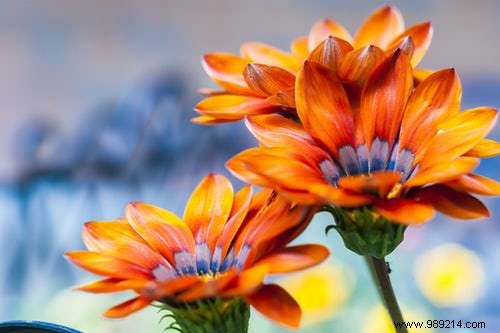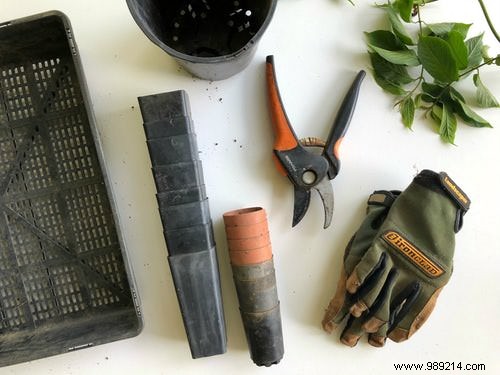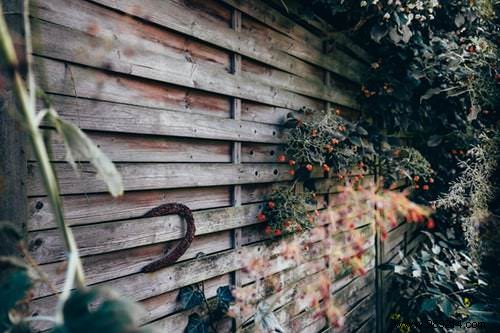
Bignone is a plant that is very attractive to gardeners. With their pretty trumpet shapes, their yellow and orange colors, they represent beautiful decorations for pergolas and facades. On the other hand, to be able to enjoy this beauty, you will have to know how to do it like a professional. To properly garden this flower, here is just about everything you need to know.
It is during the month of July until October that the bignone of Virginia or Campsis radicans blooms lavishly. During their flowering periods, these magnificent flowers open on themselves and take on the shape of a trumpet. They can take two colors:yellow and orange.
As with all flowers, there are different species of bignone. On the other hand, it is not always easy to tell the difference between the bignona with large flowers which is also called Campsis grandiflora and the classic version. You just have to know that the latter has flowers that are orange-red trumpet-shaped.

For those who wish to see these pretty flowers in their gardens, note that you can plant them in autumn or in spring, that is to say between March and April. On the other hand, before embarking on the planting phase, it is necessary to plan the structures on which the plant will develop. Depending on the accessories you have available, as a structure, you can use an arbor, a trellis or a pergola.
For gardeners who do not know it yet, be aware that the bignone has aerial rootlets and that these must bind to the structures so that the plant can develop well. However, make sure that the structures are well exposed to the sun. Discover in detail on this site the bignone, climbing plant with evergreen foliage.
For people who dream of planting bignones, but who unfortunately live in a region where the climate is still harsh, here are some tips. Already, to start planting, it will be necessary to wait for spring. Avoid planting them in winter, because at this time of year the flowers will suffer terribly and will have a hard time surviving.
Even if the sun is rarely there in your locality, despite everything, make sure to plant your flowers in the place that is best exposed to the sun. When winter rolls around, during the first years of your flowers, use the layers of mulch to protect their feet. Alternatively, you can also use a winter veil. Read the article on how to properly prune the bignone.
By taking care to take good care of a bignone, you can benefit from a beautiful flowering. The plant will be able to dress your exterior with pretty flowers and this, for several years of affiliates. To successfully maintain this flower, it is necessary to think about pruning them at the end of each winter, that is to say, between the month of February and the month of March.
Thus, you will remove the dead branches and a portion of the branches of the year. It will then be necessary to identify the largest branches that start from the trunk. Make sure to keep them on their full length. You must then prune them at the point of birth of the branches which develop vertically. You should only leave those that can be used to replace dead carpenter branches.
Marcotting the bignone is also part of the maintenance phase of this place. For this you need to bury part of a stem of the foot. This will cause the retransmission of roots. By applying this technique, you will start a new foot. For information, this is the most economical way to create a new bignone foot.

In order for it to flower well, the bignone has certain needs that gardeners must take into account. This species of flowers especially likes the sun. In other words, the bignone likes the sun. The hotter it is, the more the plant is in bloom. For its installation, it is necessary to bet especially on the walls. Preferably, it should face south or west. The more it is sheltered from the extreme cold, the better. If it is planted in an area with a mild climate, just put the plant in the shade and you're done.
When you plant a bignone, during the summer, it likes cool soil. For the winter, you just have to make sure that your planting ground is not too wet. Then, when you plant your flower, be sure to tilt it a bit towards the direction you want it to grow. Here is our article on climbing plants.
For planting you need to prepare a hole with a drainage layer. For this, it is possible to use tile shards and coarse gravel. It will then be necessary to cover the whole with a mixture of potting soil and garden soil. Be careful, the soil should be in very small quantities.